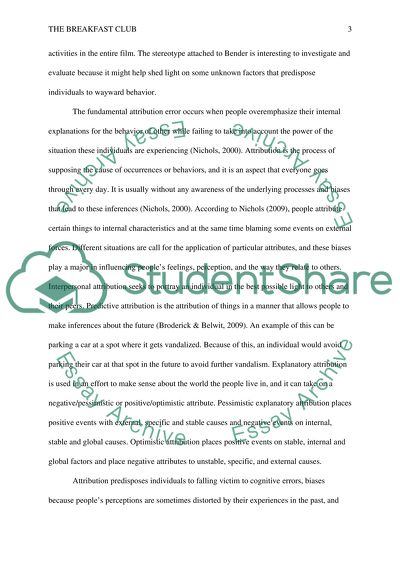Cite this document
(“The Breakfast Club Essay Example | Topics and Well Written Essays - 1000 words - 1”, n.d.)
Retrieved from https://studentshare.org/psychology/1491219-the-breakfast-club
Retrieved from https://studentshare.org/psychology/1491219-the-breakfast-club
(The Breakfast Club Essay Example | Topics and Well Written Essays - 1000 Words - 1)
https://studentshare.org/psychology/1491219-the-breakfast-club.
https://studentshare.org/psychology/1491219-the-breakfast-club.
“The Breakfast Club Essay Example | Topics and Well Written Essays - 1000 Words - 1”, n.d. https://studentshare.org/psychology/1491219-the-breakfast-club.


